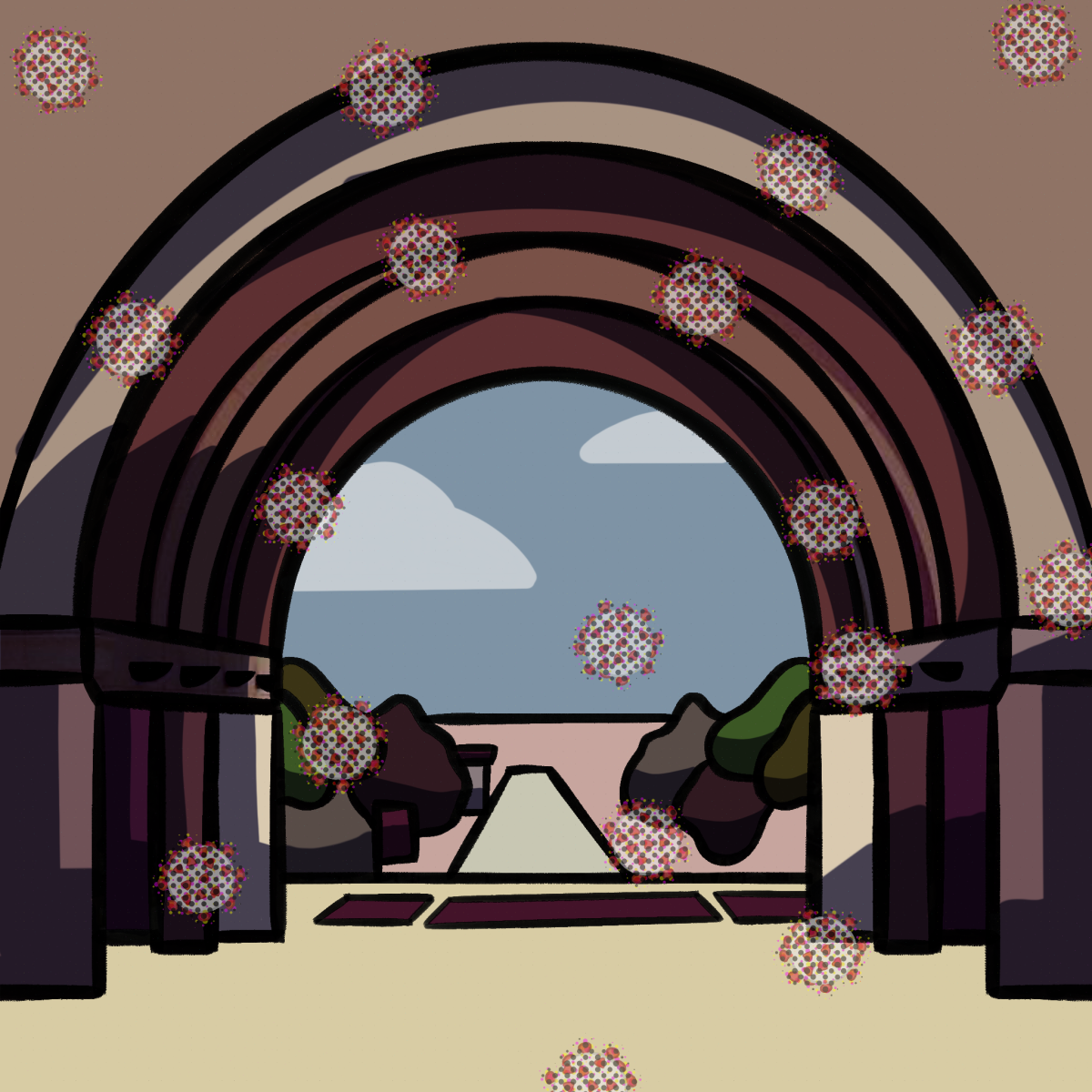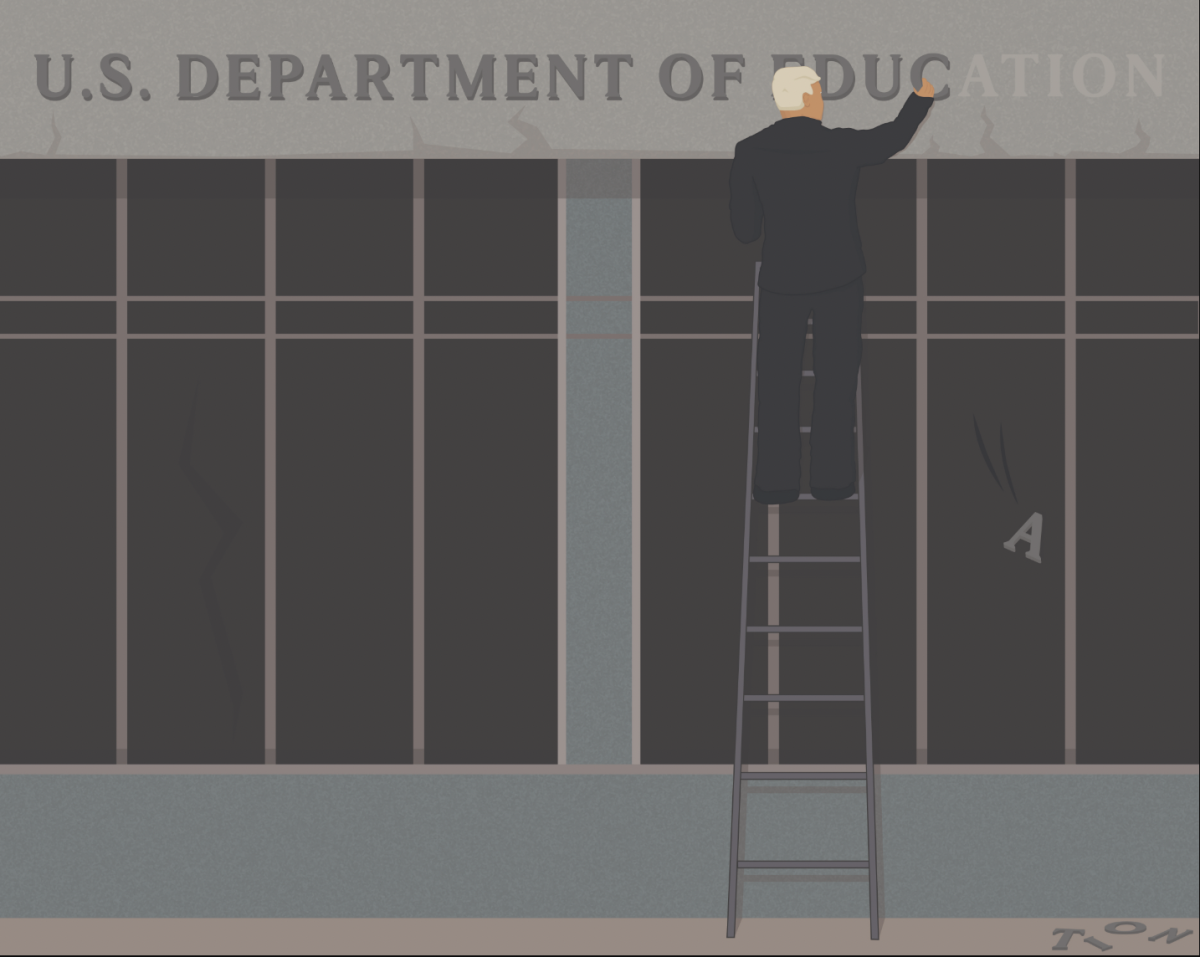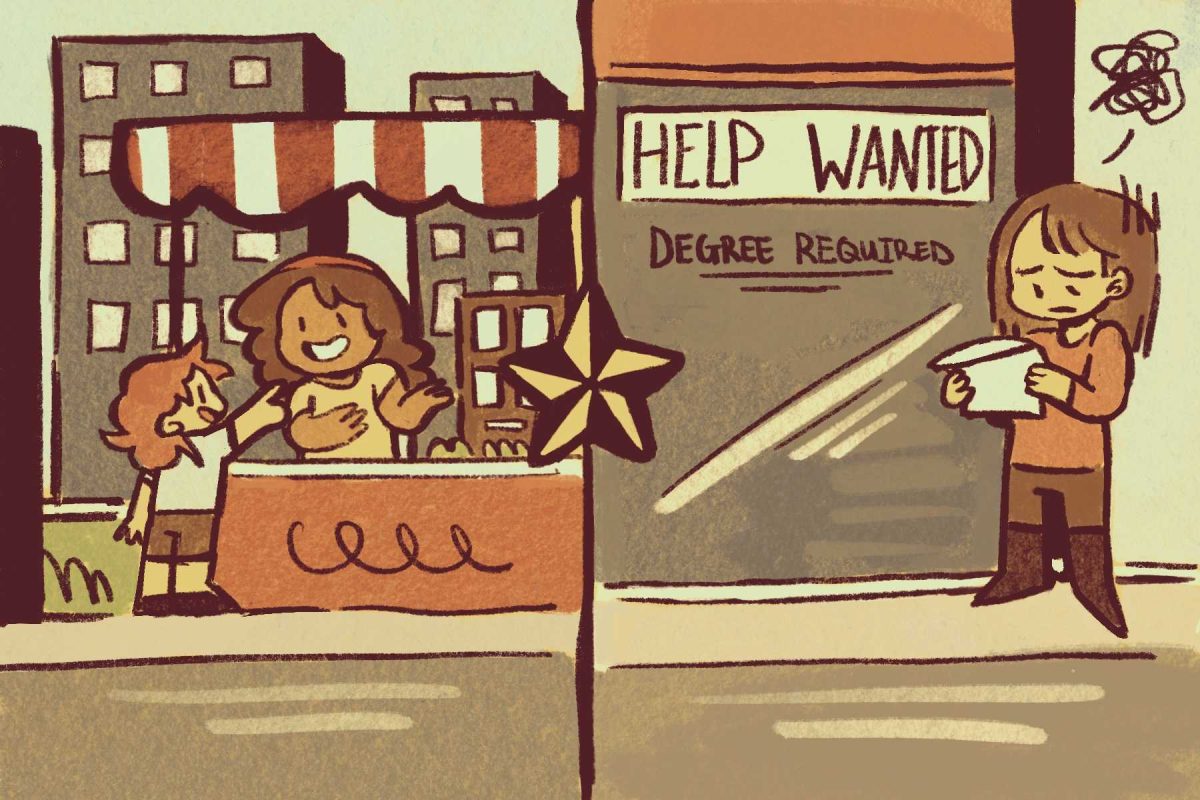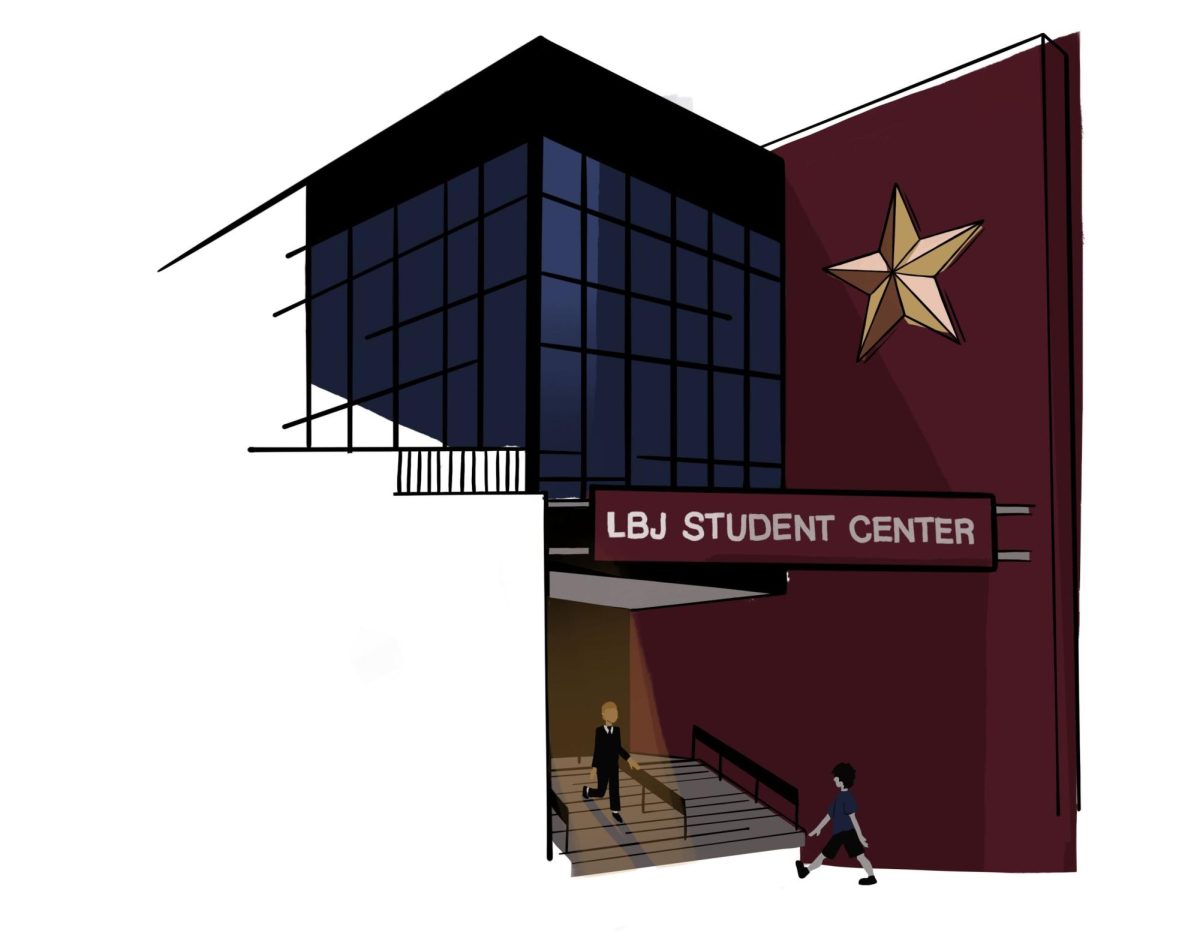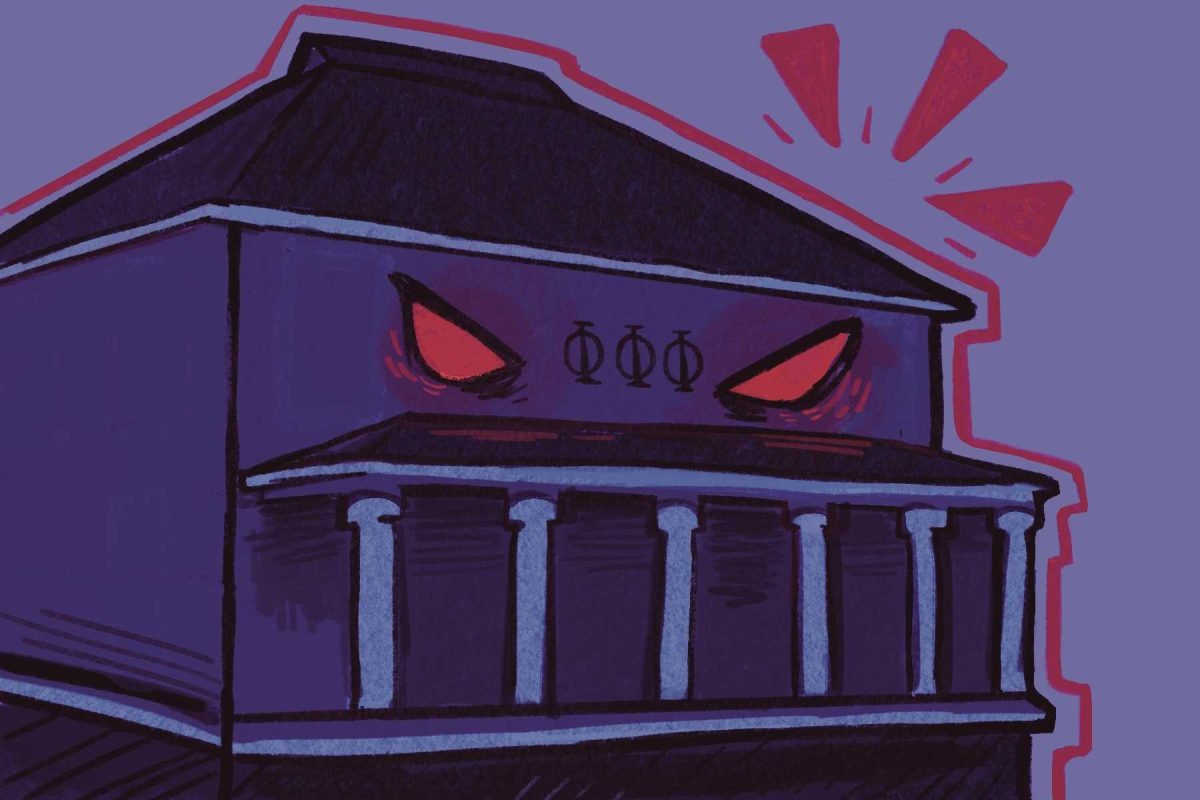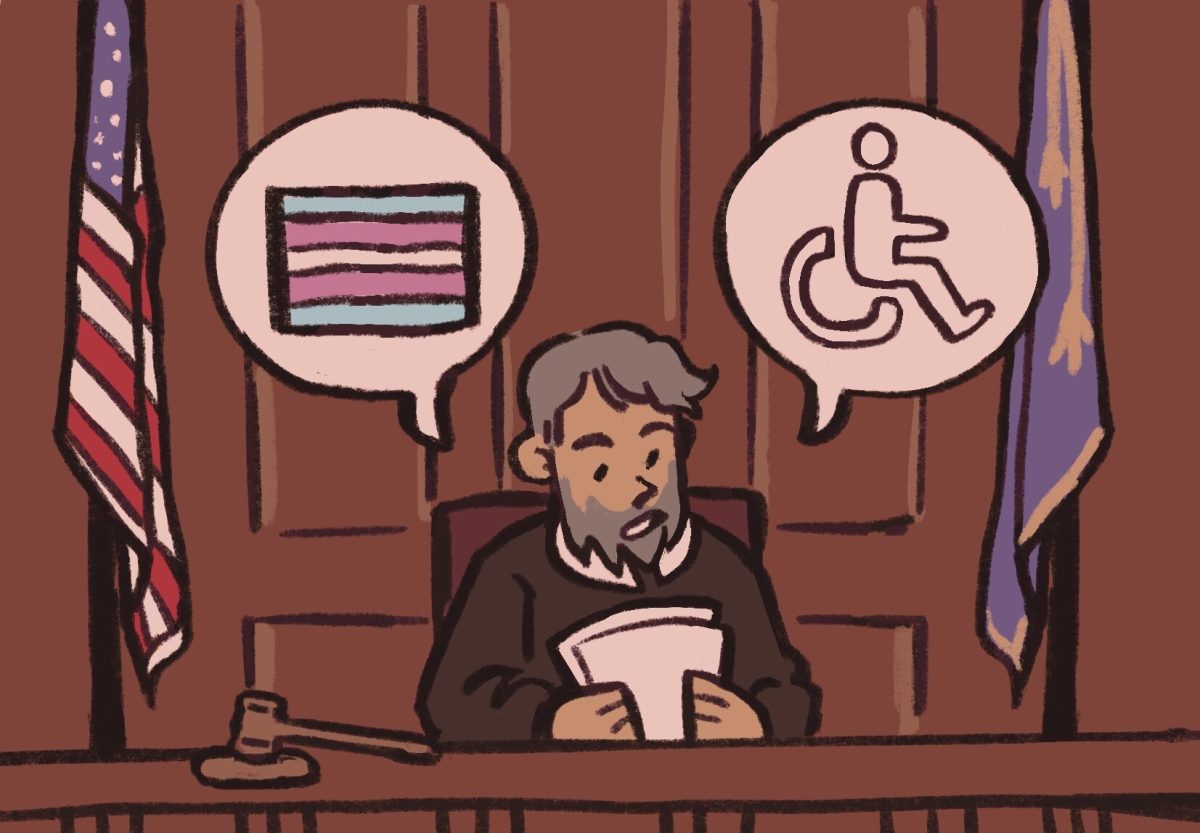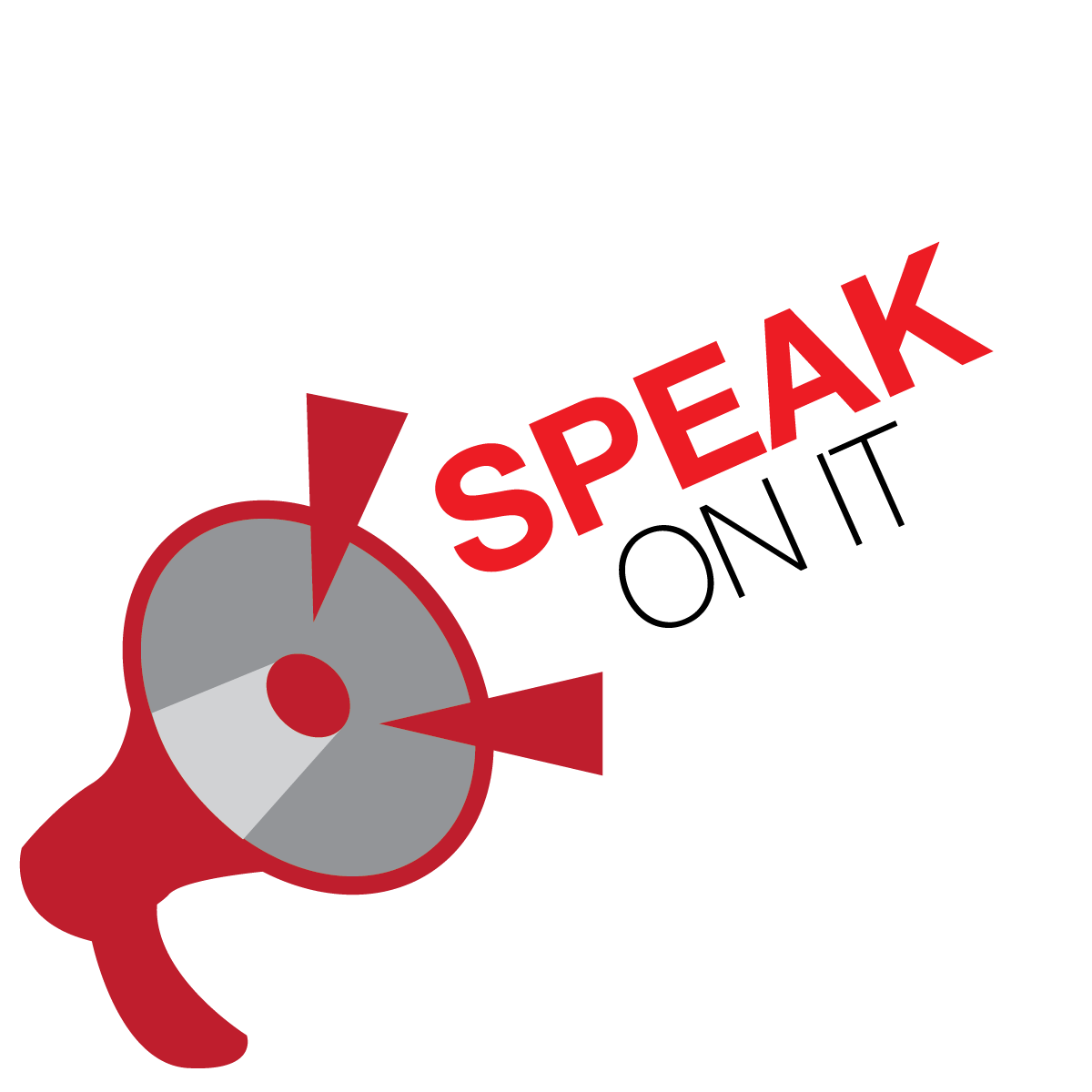Although Hays County’s numbers and Texas State’s COVID-19 reported cases are relatively low, or at least appear to be, risking the chance of resuming classes after sending students on a holiday break is reckless and counterintuitive to all the university’s progress.
Efforts to stop the spread of COVID-19 have come with certain sacrifices for everyone. Since most classes are online, a significant portion of the student body has been kept off-campus to slow down the spread of this deadly, viral disease. Faculty have had to navigate new platforms and adjust their syllabi to acclimate to online learning and teaching. Meanwhile, students have had to adjust to a new course delivery method.
Spreading COVID-19 is not difficult. With the virus being airborne and highly transmissible, the pandemic has continued to ravage through millions of lives. Communities continue to attempt feeling “normal” in their daily lives; only this attempt will continue to spread the virus. In reality, nothing about the current pandemic is normal. Nevertheless, it seems people continue to try to live out a typical life and carry on as if the virus does not currently dominate our lives.
Although Texas is gradually opening back up, COVID-19 cases continue to spike. San Marcos, however, has managed to remain relatively unchanged. With cases slowly ticking upwards, bringing students back after Thanksgiving break would only accelerate the speed at which cases are going up.
Sending students home for Thanksgiving break is not the issue; the real issue lies with bringing them back onto campus after the break. Some students travel long distances to where their families live.
Large gatherings of people, let alone family members, can cause the virus to spread through close contact. Hugging, kissing or even just being in the same room with various family members becomes risky. Due to symptoms not showing up immediately, it is hard to tell whether or not one has contracted the virus right away. If symptoms do develop, there is a chance that carriers of the virus could be asymptomatic, making family gatherings that much trickier and dangerous to hold.
If Texas State persists in bringing students back to campus after the break, then they should require that each student coming back provide a negative COVID-19 test result 72 hours after traveling. The incubation period of the virus is approximately 2-14 days. If an individual is symptomatic, she, he or they would likely show the symptoms within that time frame. Seventy-two hours allow the virus to begin incubating, and a test would likely show up with reliable results. If a test is not required, students should quarantine for 14 days in the designated quarantine spaces, such as Sterry Hall.
Students should also take precautionary measures if traveling. That includes wearing a mask, following COVID-19 safety protocols and limiting contact with as many people as possible. Thanksgiving break is only a few days long; it is not enough time for students to self-quarantine before and after traveling.
It is challenging to be away from family and friends, especially during the holiday season. Students should have the liberty to travel home safely. However, Texas State needs to implement more measures to allow those with in-person classes back onto campus. The efforts to deliver most courses online have been an insurmountable one — it is not worth the risk to hinder that progress and bring students back haphazardly.
– Valeria Torrealba is a public relations junior
The University Star welcomes Letters to the Editor from its readers. All submissions are reviewed and considered by the Editor-in-Chief and Opinion Editor for publication. Not all letters are guaranteed for publication.
Opinion: Students should not return to campus after Thanksgiving break
Valeria Torrealba, Opinion Columnist
November 4, 2020
0
Donate to The University Star
Your donation will support the student journalists of Texas State University. Your contribution will allow us to purchase equipment and cover our annual website hosting costs.
More to Discover



